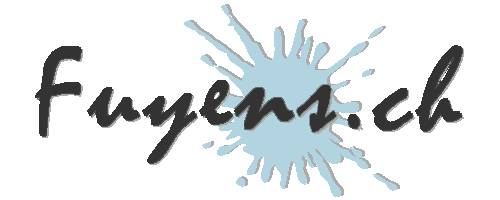Introduction
It can never be said enough, but jumping into a project is never a good idea. It’s a complete waste of time. No matter if the project has already started and you are jumping on the train or if the project is on a to-do list, following a ramp-up process is highly recommended.
Getting in tune
Unless you designed the project, someone has already done some of the work you’re going to have to fill in to get up and running. For this, nothing better than to investigate, elicit and do some research on:
- The domain involved. The more familiar you are with the domain, the more beneficial your comfort level in discussions will be.
- The main issues faced by the stakeholders. The more you focus on these issues, the less likely it is that you will dissipate into minor issues.
- The stakeholders involved. The more you know about the people, their roles, their expectations, their goals, the more prepared you will be to intervene.
- The technology used, the tools involved, the vocabulary used. The more adequate your knowledge in the domain, the better your interactions will be.
Coming from outside a company and analyzing a relevant field will also require a good knowledge of the company itself, its organization and its structure.
Freeing up your schedule
Man may be multitasking, but he is far more efficient at
- Work on one topic at a time and execute it thoroughly.
- Take time to analyze and find solutions, rather than running around in work meetings, if none of your interventions will provide any additional benefit.
- Finish other outstanding projects or deliverables before you embrace a new task.
- Consulting a piece of literature, listening to a podcast on Youtube, while taking the time to assimilate it and perform your own self-critique, is far more productive than responding quickly to an email.
- Taking time for yourself, rather than trying to find the solution to a problem at all costs, is also a time saver.
Reviews often suggest that some people are not where they should be. However, the competence of the employees has little to do with it. It’s more the time spent digging into a subject and being interested in it that is lacking. Anyone can become an expert in a relevant domain as long as they put in the time.
Planning the project
A project needs to be organized, ordered and quantified in time, if for no other reason than budget, but:
- Most projects have implausible deadlines.
- The scope and/or framework of the project is always oversized, outdated, but never challenged.
- The requirements get bigger every day, but the deadlines stay the same.
To avoid the negative critical aspects that will arise sooner or later, in a project, the first task is to establish a project plan (or action plan) and keep it up to date, to gather all available information to make it accessible to most stakeholders. This plan should be used at all times to :
- Determine the objective (and reiterate it if necessary), so you don’t lose sight of it.
- List all the actions that need to be taken to meet the list of requirements, putting them together.
- Determine the people (or teams) attached to the different actions.
- Detail as much as possible the implementation of the different actions. (means, materials, budget).
- Fix the timeframe for completion.
- Fix the success criteria and ensure that they are in line with the original intentions.
The organization plan should be as simple and clear as possible, so that everyone can, at any time, consult it, understand it, follow it and take it as a reference. There are a good number of tools available to create an action plan, but an “Excel”type spreadsheet is fine.

Know your stakeholders
A team working on a project is always made up of people with different skills, expertise, and vision. Being familiar with the collaborators on a project allows you to have an engaged dialogue. It is very important to keep as much information as possible about the stakeholders, in order to :
- Have better collaboration and mutual support.
- Identify tasks completed and those that remain to be done.
- Identify stakeholders who are experts in a specific area.
- Open up dialogue and get stakeholder input.
The final word
Launching a new project is not always easy. The better the knowledge of the environment, the domain, the goal to be reached, the collaborators attached to the project, the more trust will prevail between the stakeholders. The quality of the requirements will then be improved and precise. Finally, the organization plan, updated regularly, makes it possible to see the progress of the project at all times, and not to deviate too much from it.”



